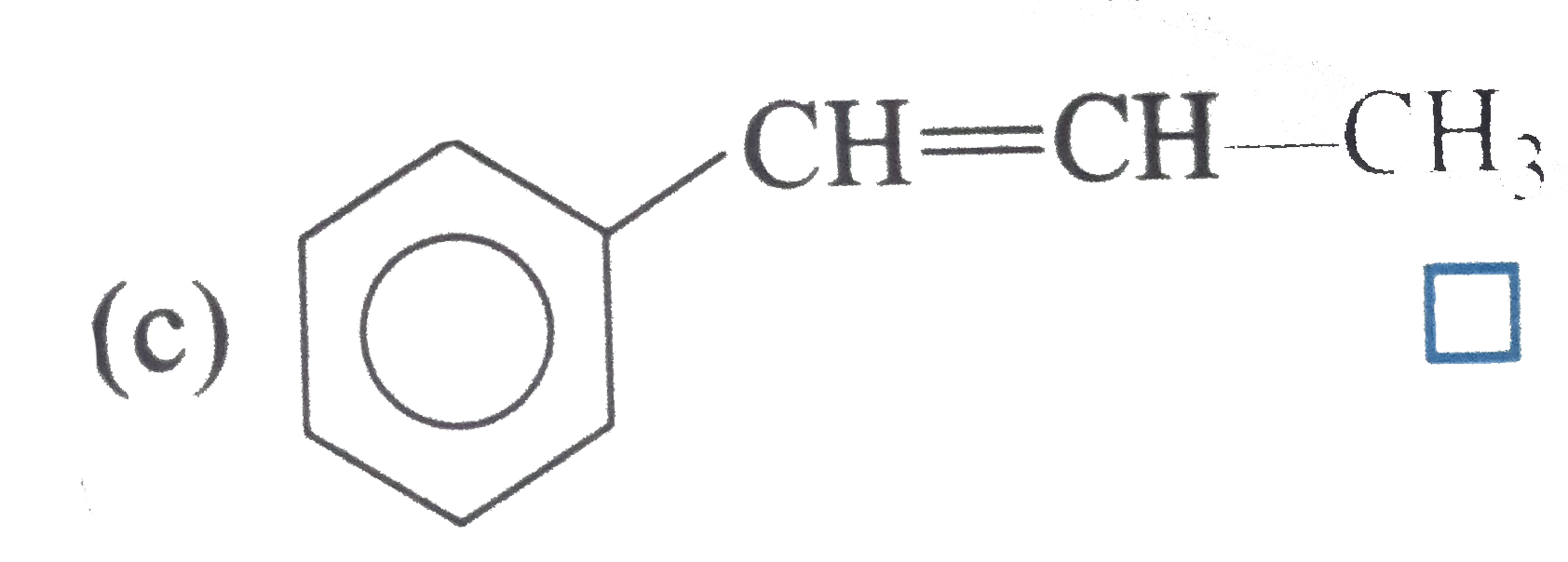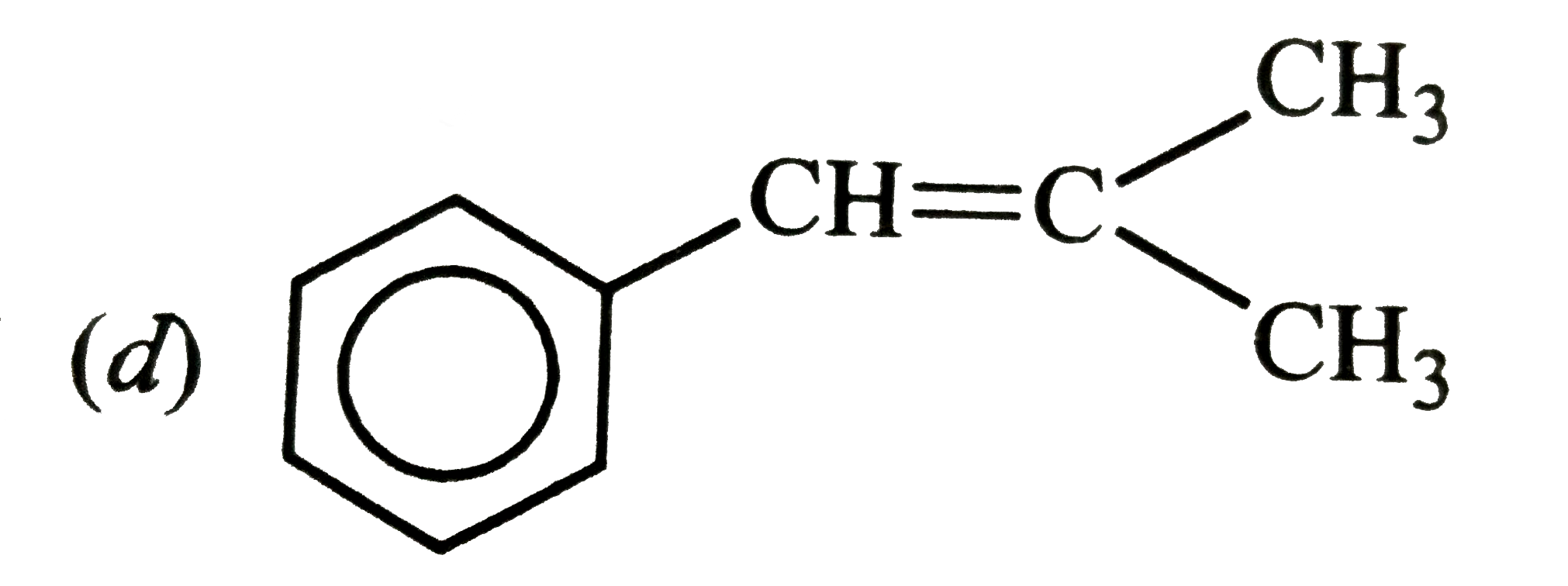'X'Ozonolysis−−−−−−−→(Reductive)'Y'+'Z'
'Y' can be obtained by Etard's reaction. 'X' undergoes disproportionation reaction with concentrated alkali. 'X' could be :




The correct Answer is:B
Step by step video, text & image solution for 'X'underset(("Reductive")) overset("Ozonolysis")rarr'Y'+'Z' 'Y' can be obtained by Etard's reaction. 'X' undergoes disproportionation reaction with concentrated alkali. 'X' could be : by Chemistry experts to help you in doubts & scoring excellent marks in Class 12 exams.
Updated on:21/07/2023Topper's Solved these Questions
- ALDEHYDES AND KETONES BOOK - OP TANDONCHAPTER - ALDEHYDES AND KETONES EXERCISE - OBJECTIVE QUESTIONS (LEVEL -B) SET I
38 Videos
- ALDEHYDES AND KETONES BOOK - OP TANDONCHAPTER - ALDEHYDES AND KETONES EXERCISE - OBJECTIVE QUESTIONS (LEVEL -B) SET II
36 Videos
- ALDEHYDES AND KETONES BOOK - OP TANDONCHAPTER - ALDEHYDES AND KETONES EXERCISE - BRAIN STORMIN PROBLEMS
13 Videos
- ALCOHOLS, PHENOLS AND ETHERSBOOK - OP TANDONCHAPTER - ALCOHOLS, PHENOLS AND ETHERSEXERCISE - SINGLE INETER ANSWER TYPE QUESTIONS / ALCOHOLS AND PHENOLS
15 Videos
- BASIC PRINCIPLESBOOK - OP TANDONCHAPTER - BASIC PRINCIPLESEXERCISE - SECTION V INTEGER ANSWER TYPE QUESTION
3 Videos
Similar Questions

Y is a gas which disproporionates on passing through hot and concentrated solution of X.Z is a gas which can also be obtained by the action of solution of X on zinc
In the reaction of Y with hot and concentrated solution of X , the equivalent weight of Y is __ (Molecular weight of Y is M)
View Solution
X,Y,Z reaction are :
View Solution
Knowledge Check
'X'Ozonolysis−−−−−−−→(Reductive)'Y'+'Z'
'Y' can be obtained by Etard's reaction. 'Z' undergoes disproportionation reaction with concentrated alkali. 'X' could be :A B
B C
C D
D

X,Y and Z reaction are :ASimple hydration reactionBHydroboration oxidation, hydration and oxymercuration demercurationCHydroboration oxidation, oxymercuration demercuration and hydrationDOxymercuration demercuration , hydroboration oxidation and hydrationIn the reaction

x,y and z areAx=Mg,dry ether, y=CH3Cl,z=H2OBx=Mg, dry methanol, y =CO2,z= dil. HClCx=Mg, dry ether, y=CO2,z=dil. HClDx=Mg, dry methanol, y=CH3Cl,z=H2O
YZ⇐===⇒ReductionR2C=NHH+3O−−→X
In the above sequence of reactions X, Y and Z are
View SolutionXH3O⊕−−−→Y+Z
Y and Z both participate in haloform reaction, which of the following can't be X?
View SolutionC2H5OH+SOCl2Pyridine−−−−→x+y+z, in the reaction x, y and z respectively are
View SolutionC2H2CH3COOH(excess)−−−−−−−−−−−−→HgSO4ZDistil−−→X+Y
X and Y are
View SolutionCH3CH2COOHBr2−−→Red PXNH3(alc.)−−−−−−→Y
Y in the above reaction is
View Solution
